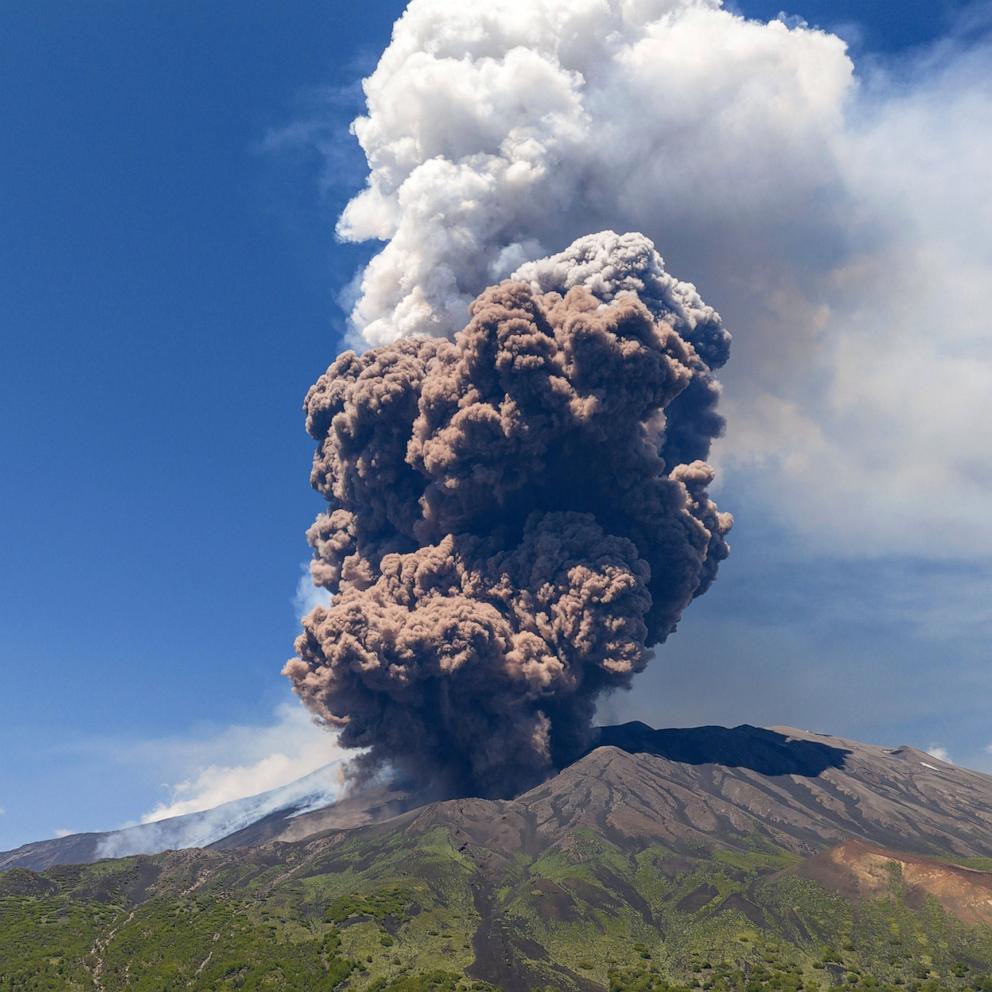Image of giant volcano on Mars captured by NASA orbiter
A NASA orbiter has captured a stunning image of a giant volcano on Mars.
The panorama, captured on May 2 by NASA’s Mars Odyssey orbiter, shows Arsia Mons, one of the largest volcanos on the Red Planet.
In the photo, the volcano, which is 12 miles tall, can be seen peeking through the planet's morning clouds just before dawn.
Arsia Mons -- along with two other volcanoes -- form the Tharsis Mountains, according to NASA.

This is the first time an image of one of the volcanos has been captured on the planet's horizon, according to NASA.
The view offers the same perspective of Mars that astronauts have of Earth when looking down from the International Space Station, NASA said.
The Odyssey, designed to study the Martian surface, was launched in 2001 and is the longest-running mission orbiting another planet, according to the space agency.
In 2023, Odyssey began pursuing high-altitude images of the Martian horizon, rotating 90 degrees while in orbit to capture the unique images.

The angle allowed researchers to better see the layers of cloud and dust and observe changes over the course of seasons, according to NASA.
"We’re seeing some really significant seasonal differences in these horizon images," NASA planetary scientist Michael Smith said in a statement. "It’s giving us new clues to how Mars’ atmosphere evolves over time."




